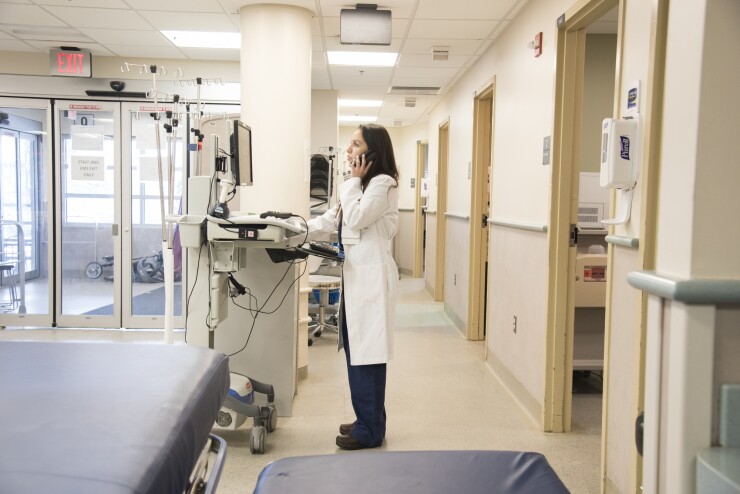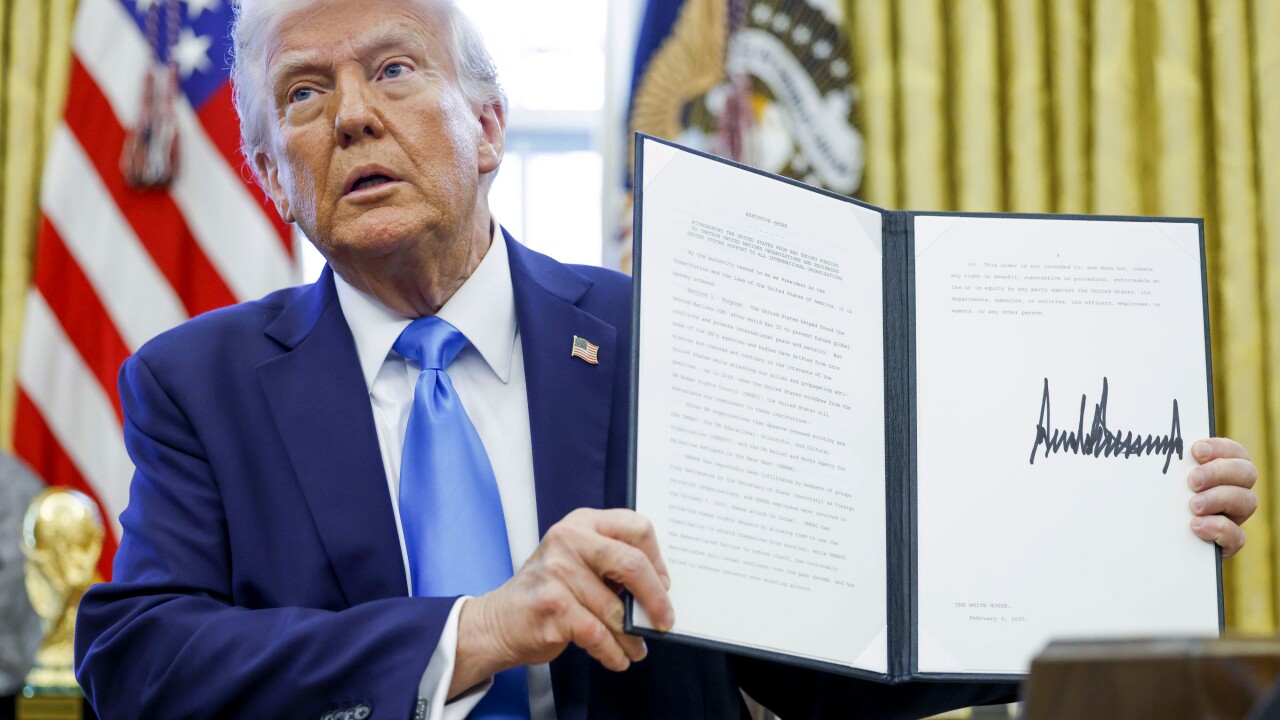Tom Casey, senior portfolio manager at Mellon Investments, likes health care bonds. The problem is that everyone else in the $3.8 trillion municipal-bond market does too.
That’s because the hospital and health care sector often features mid- to lower-rated deals that can offer investors some additional yield — something that is in high demand amid an era of low interest rates. The billions of dollars that have flooded the state and local debt market in 2019 have only heightened that craving.
"The inability to access deals which are, in theory, attractive is extraordinarily difficult," said Casey, who helps manage $25 billion in municipals at Mellon. "That’s a trend that has been frustrating as an investor."

While the dynamic may irk buyers, health care and hospital borrowers have scored lower costs thanks to the strong demand for their debt. Atrius Health, a nonprofit medical group in Massachusetts, borrowed $137 million in tax-exempt municipal bonds for the first time this month and didn’t have to make any concessions on the deal, said Brian Wynne, head of public finance at Morgan Stanley, the underwriter on the deal.
-
As sales of LTC insurance plummet, combination products — annuities with LTC riders — are picking up some of the slack, serving as a useful alternative for some clients.
May 16 -
The anxiety is real — and so are the expenses — but the situation might not be as bad as some imagine.
November 9 -
It's not easy to talk about health and sickness with clients, but advisors must explain the options.
June 26
Wynne said bankers met with more than 40 investors to discuss the offering. It ended up "significantly" oversubscribed, helping to lower yields by about 25 basis points by the time it priced, he said.
The securities also gained in the secondary market, a signal of strong demand. Debt maturing in 2049 traded at 104 cents on the dollar on May 16, higher than its initial price of 101.2 cents on the dollar.
Also adding to the "food fight" for health care bonds is the changing capital needs of the industry, said Karleen Strayer, head of municipal research at Wilmington Trust. Health care companies have become more focused on providing outpatient care and are reluctant to sell debt to build inpatient facilities.
That’s made new securities even scarcer, she said.
Hospital revenue bond issuance of about $7 billion this year is on pace to fall short of last year’s $20.7 billion of total sales, according to data compiled by Bloomberg.
"Because the supply is so tight, every time a health care deal comes to market, there seems to be a whole lot of interest in it," Strayer said.
The "feeding frenzy" for health care debt isn’t likely to ease anytime soon, given the amount of cash pouring into municipal-bond mutual funds, especially those focused on high-yield debt, Casey said. Such funds notched their 19th straight week of inflows last week, according to Refinitiv’s Lipper US Fund Flows data.
"It doesn’t appear, based on what we’ve seen, that those flows will abate anytime in the near future," he said. – Additional reporting by Sowjana Sivaloganathan





